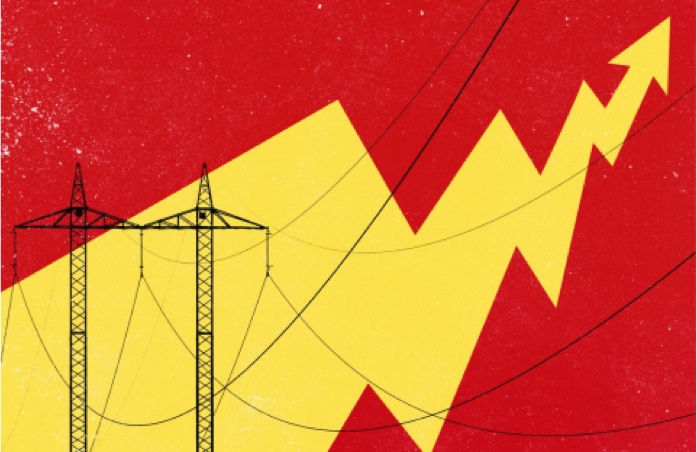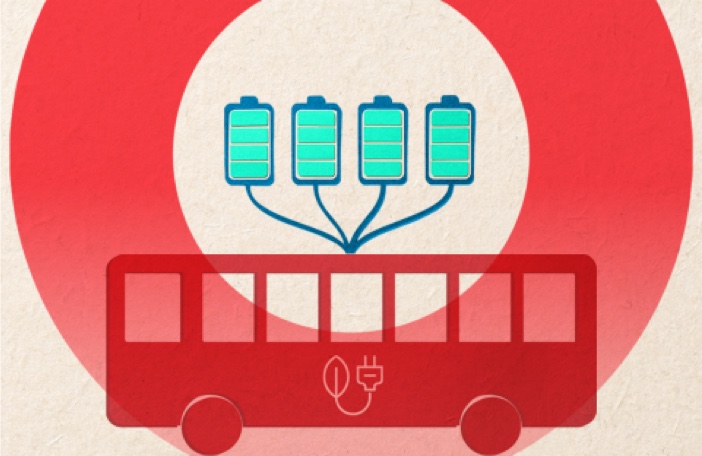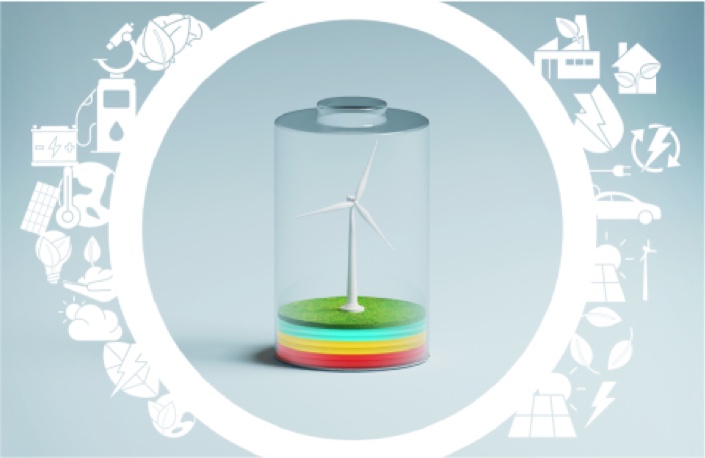What issue can we solve for you?
Type in your prompt above or try one of these suggestions
Suggested Prompt


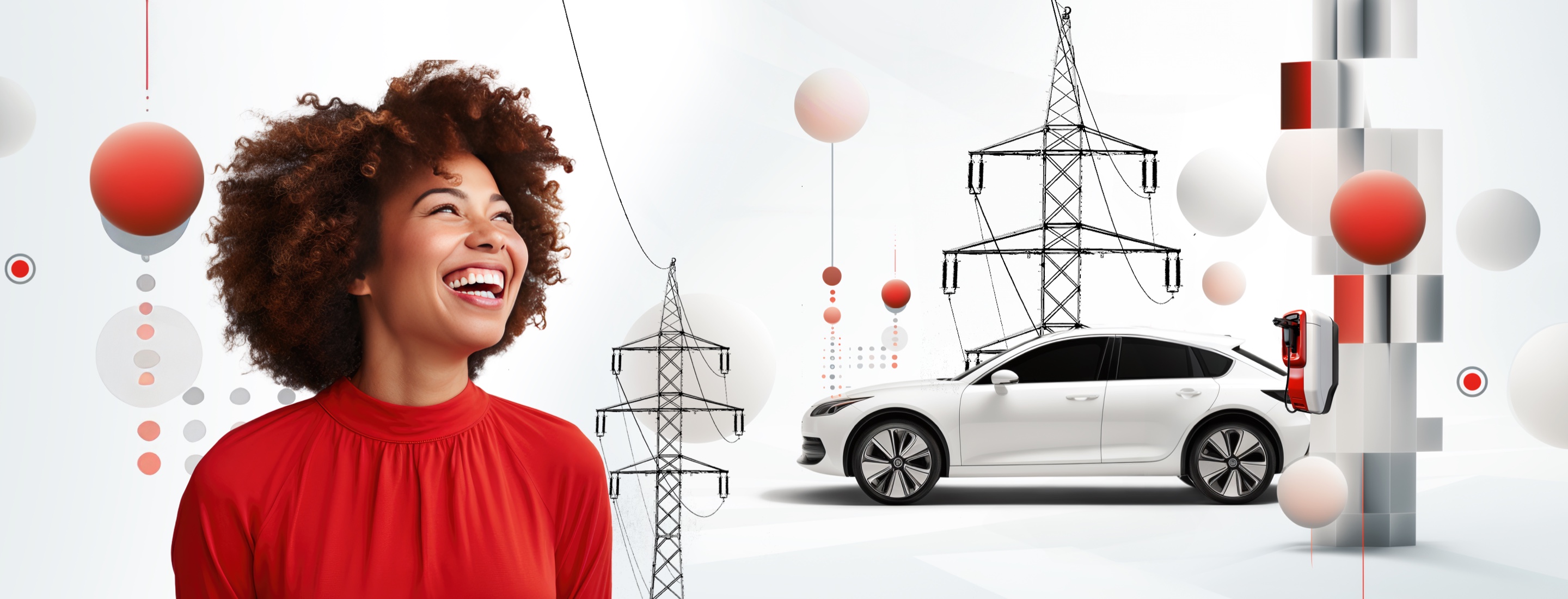
Energy & Commodities
How Utilities Can Recharge the EV Customer Journey
How Utilities Can Recharge the EV Customer Journey
Sartaz Ahmed
Executive summary:
- As consumers increasingly purchase electric vehicles, utilities organizations have an opportunity to strengthen their relationship with customers
- To do that, utilities need a reliable, adaptable infrastructure in place by developing charging networks and enhancing grids to support them
- Utilities also have an opportunity to offer new products and services, vertically integrate into the EV ecosystem and pilot new business models
- Utilities need a robust digital platform to better understand customer behavior and balance supply and demand at the local grid level
The electric vehicle (EV) revolution is revving up. As EV adoption is accelerating, consumers are moving along the adoption S-curve from early adopters to the early majority with a variety of options available to them.
The growth of EVs not only creates relationships between customers and new vehicles; it also has the potential to reshape the relationship between customers and utility operators. While strong customer relationships have always been crucial for utilities, the expansion of the EV market offers an avenue through which utilities can elevate them.
What can utility organizations do to strengthen these relationships in the age of EVs? They can invest in the customer journey and enhance their charging experiences. Ultimately, such investments will benefit utilities, giving them access to new insights and value.
Utilities are on the frontline of the EV revolution
A combination of factors fuels the EV revolution. Government incentives have encouraged Americans to purchase EVs and construct charging stations across the country. The United States’ Inflation Reduction Act, for example, provides $7.5 billion for EV charging stations as well as individual tax credits. Similarly, consumer-led factors—including gas price anxiety, desire for digital cars and environmental concerns—have also contributed to the rapid adoption of EVs.
At the same time, EV adoption varies widely across the U.S., with California accounting for the largest number and share of EV sales, followed by Florida, Texas and New York.
This growing demand will impact utilities. According to Sector & Sovereign Research, EV electrification could increase residential electricity demand by 25 percent. Heightening demand for electricity means customers will likely engage more with operators, and this will ultimately give utility organizations an opportunity to deepen the customer experience.
Support EV customers on the customer journey
To fully support customers, utilities must first understand their needs. This means prioritizing both physical and digital engagement to meet shifting customer expectations. Additionally, they must customize their approach to each customer, such as residential owners, fleet managers and EV infrastructure providers (e.g., government agencies, commercial property owners and charging operators), all of whom have different needs and goals.
Yet, all customers go on customer journeys (Figure 1), which provide an avenue through which utilities can deepen their understanding of customers and visualize their habits. By providing an experience that is light, ethical, accessible and dataful—what Publicis Sapient calls a LEAD framework—utility operators can offer targeted, impactful customer journeys.
What does the customer journey look like for EV users, and how can utilities use it to better support them?
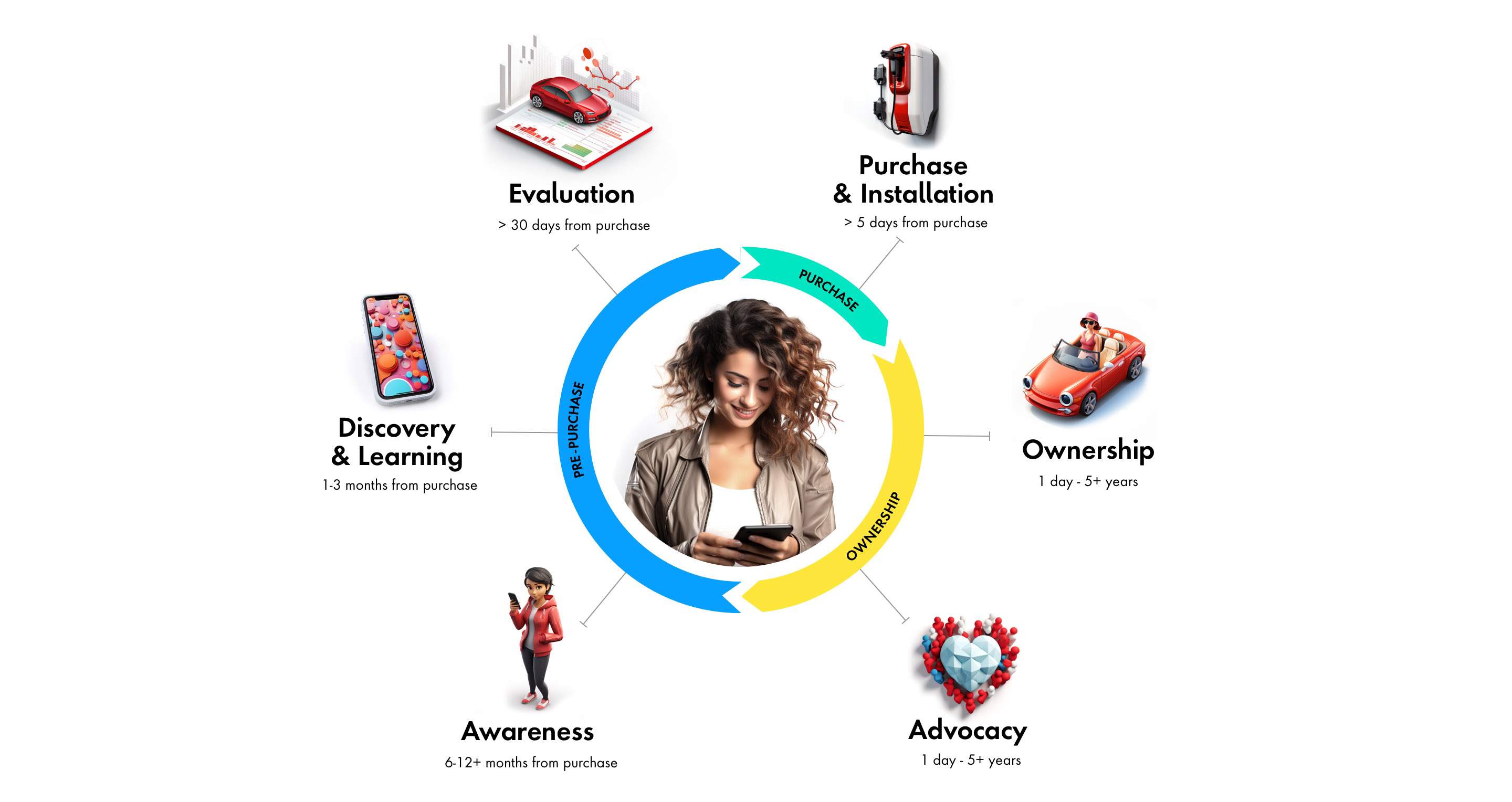
Figure 1: Customer journey
Appropriately engaging with customers at every step of the journey enables utilities to articulate a clear value proposition and provide them with a frictionless experience.
To support customers, invest in infrastructure
One of the best ways that utilities organizations can support EV customers is by ensuring that they have access to convenient charging stations powered by a reliable grid.
Charge into the future
American charging station networks are poised to exponentially increase in the coming decades, especially as private and public spaces alike are prioritizing them (Figure 2). Walmart, for example, has announced plans to significantly expand its charging network by 2030.
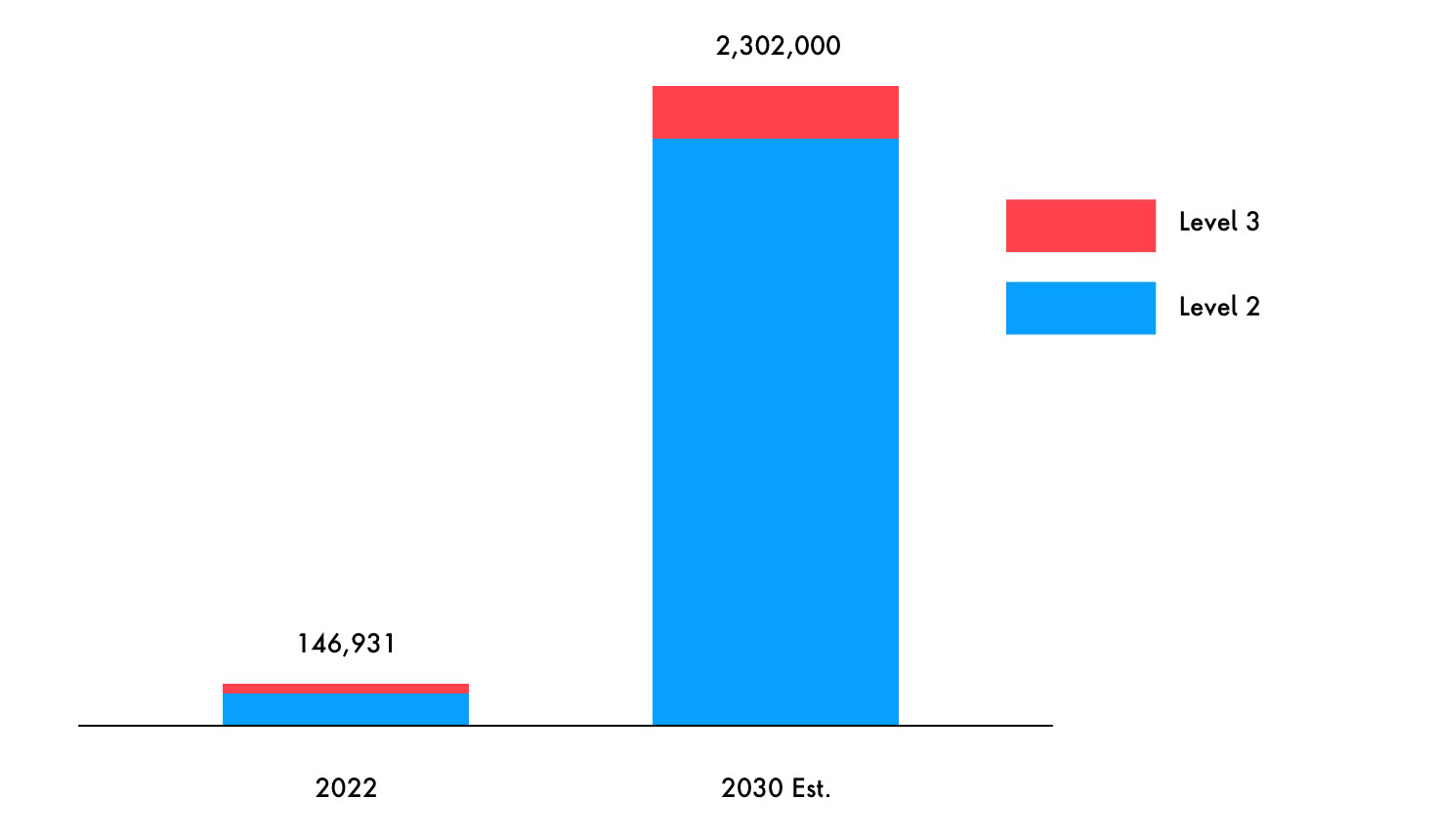
Source: S&P Global Monthly, January 2023
Figure 2: EV chargers forecast (U.S.)
Customers require multiple charging options, including at their homes, workplaces and in public places. Until EV charging stations are as ubiquitous as fuel stations, utilities have a role to play in helping customers locate and access chargers. Utilities can help develop rapid charging stations and make it easy for businesses to install them on their premises.
At the on-site level, utilities can also manage the connection journey for residential, commercial and public chargers. Operators can prepare local chargers to integrate new technologies, such as stationary battery storage, on-site generation and future enhancements (e.g., rapid charging capabilities and increased charger capacity).
Organizations should go beyond simply providing charging stations—they can also help customers find them. Publicis Sapient partnered with car manufacturer Renault to develop an app that helps EV owners access a network of 1,000 residential chargers across Europe. Similar utilities-developed apps can empower customers to locate available chargers in real time.
Powering up grids
Networks of charging stations need reliable grids to support them, especially as the acceleration of EV ownership will impact distribution systems. As a result, utilities must plan for infrastructural investments to prepare distribution systems for growing demand. For instance, they can proactively upgrade transformers to get electricity to charging stations.
With the growth of renewables, utilities also have an opportunity to optimize EV charging in areas with high solar and wind penetration for local grid reliability.
Leverage customer preferences to balance load at the local grid level
As renewable sources of energy and EVs accelerate simultaneously, utilities will encounter uncertainty with both supply and demand. Renewable sources of energy like solar and wind are not always reliable, and EV customers may increase demand on the grids as more people charge their vehicles at once.
A holistic understanding of customer behavior and their consumption patterns will enable utilities to effectively balance this uncertainty at the local grid level. Knowing customers’ charging habits will equip operators with the insights they need to anticipate when the grid may be under increased pressure and strategize load-balancing initiatives accordingly. Ultimately, this may alleviate the need for additional upgrades to grids as demand for EV charging intensifies.
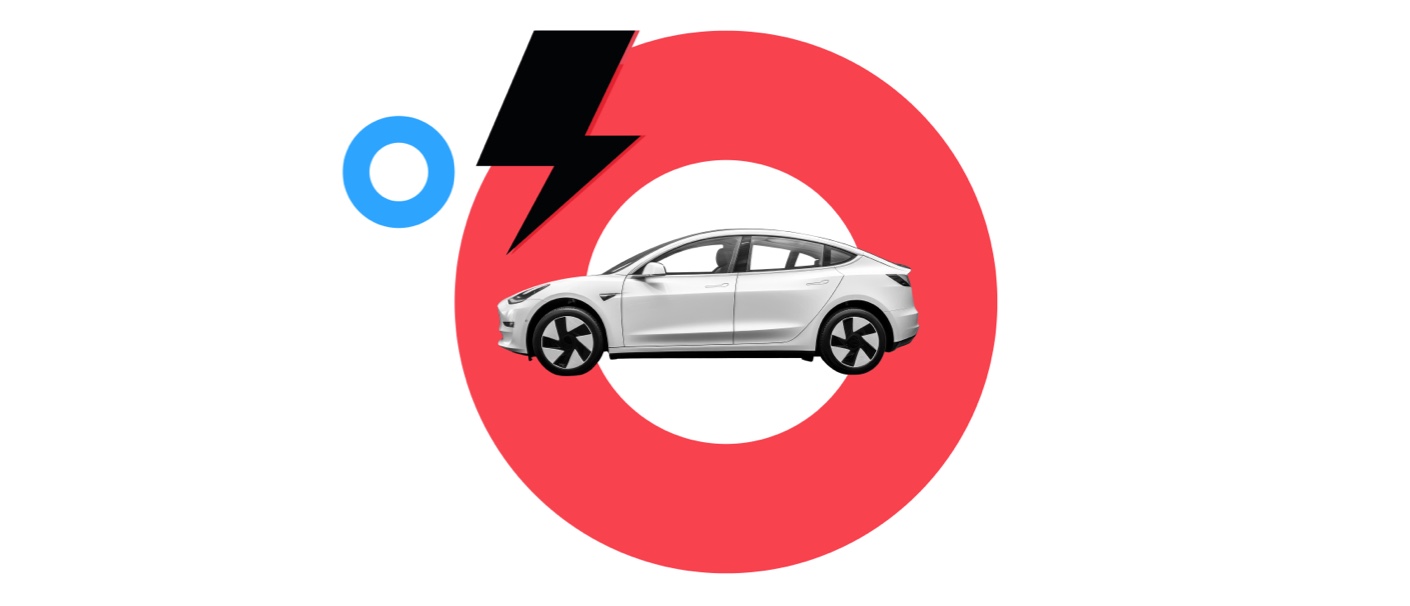
Enhancing the EV customer journey creates opportunities for utilities to realize new value
EV adoption offers utilities an opportunity to forge closer relationships with consumers based on the charging experience. Gaining a better understanding of customer behavior has several benefits for utilities:
- It allows utilities to better support and educate customers, gain insight into consumption and efficiently manage demand at the distribution/local grid level as load increases.
- It allows utilities to customize products and offerings for customers through diverse channels and media in new ways.
EV adoption and investments in infrastructure also create new ways that utilities organizations can realize value by:
Offering new products and services:
The rapid adoption of EVs offers opportunities for utilities to offer new products and services, including battery health monitoring and partnerships with large fleet services.
Venturing into new markets:
Utilities can vertically integrate into the EV ecosystem by participating in the development of public charging infrastructure (e.g., service stations, electric vehicle supply equipment, DC charging, workplace stations).
Adopting new business models:
Organizations can partner with advertisers on charging apps and charging station screens. Retail media networks offer a new model through which utilities can monetize their assets, ultimately lowering rates for customers.
Elevate the customer experience with robust digital platforms
How can utilities effectively engage with customers and realize new value? By adopting a robust digital platform that optimizes increasingly variable supply and shapes variable demand to build a managed charging system for customers.
Currently, customer data typically exists in silos across numerous platforms, inherently limiting the delivery of an optimal customer experience. To fully support customers, get a holistic view of them and benefit from their engagement, utilities should build integrated platforms with up-to-the-minute monitoring of information. Insights also enable personalization between demand segments, such as multi-unit residential dwellings and big-box stores.
Utility providers need dynamic systems that allow for real-time exchanges of both demand and supply data to balance load at the local grid level. These systems ultimately help utilities organizations balance uncertainty with supply and demand; and they can keep rates down for customers, who can plan their charging times based on reduced time-of-use (TOU) rates.
To further elevate the customer experience with digital platforms, utilities organizations can:
- Focus on moments that matter to design solutions that reduce uncertainty and improve customer satisfaction
- Develop omnichannel customer engagement capabilities and take advantage of the fact that different channels offer different capabilities to empower customer journeys (e.g., web vs. mobile)
- Design an infrastructure and roadmap that connects customer and employee journeys, as customer experience transformation is intertwined with employee experience transformation
- Craft an architecture that is future-ready and customer-centric
Incorporate the EV experience into a plan of action
The acceleration of EV adoption creates a unique opportunity for utilities to support customers through elevated journeys and the charging experience. Whether deepening the customer experience, enhancing infrastructure, offering new products and services, entering new markets, introducing new models or mapping out customer touchpoints, a robust digital platform should be at the heart of operators’ plans.
Publicis Sapient is a full-service digital transformation partner that equips utilities organizations with the tools they need to get to know their customer, map customer journeys and develop the right digital capabilities to unlock new value.
Reach out to learn how digital platforms elevate customer journeys.
SSR Research Report Cited
SSR – February 14, 2022, The Electrification of Light Duty Vehicles Will Increase Electricity Demand by a Quarter; We Expect PCG, EIX, NEW and ES to See the Largest Increases in Sales
Related Reading
-
![]()
Insight
Integrated Journeys Enhance the Customer Experience for Utilities
Utilities should implement tactical changes and strategic reinvention to integrate customer experiences and meet the challenges posed by low-carbon technology.
-
![]()
Insight
Solve V2G’s EV Fleet-Charging Challenge with Electric Buses
Electric school buses hold significant potential to realize vehicle-to-grid (V2G) initiatives and enhance the resilience of grids during periods of uncertainty.
-
![]()
Insight
How Battery Energy Storage Systems are Playing a New Role in Portfolio Optimization
Value-stacking strategies for batteries are moving from primarily ancillary services to price arbitrage opportunities. Learn how you can optimize your portfolio by using Battery Energy Storage Systems (BESS).





